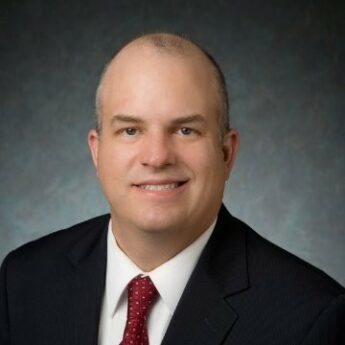HOME | ABOUT US | MEDIA KIT | CONTACT US | INQUIRE
HOME | ABOUT US | MEDIA KIT | CONTACT US | INQUIRE
Brush up on the impact of coming change.
 The Secure 2.0 Act was passed by Congress and signed by President Biden in the final days of 2022 as part of the 2023 Federal Omnibus Bill. Dozens of changes in the Secure 2.0 Act could affect retirement savings going forward. Following are some of the ones we believe are particularly important.
The Secure 2.0 Act was passed by Congress and signed by President Biden in the final days of 2022 as part of the 2023 Federal Omnibus Bill. Dozens of changes in the Secure 2.0 Act could affect retirement savings going forward. Following are some of the ones we believe are particularly important.
Changes to required minimum distributions (RMDs). The Secure Act increased the RMD age from 70.5 to 72, which is the age at which retirement account owners are required to start taking distributions from retirement accounts. The Secure 2.0 Act took this another step and increased the RMD age to 73 years in 2023 and will eventually move this age to 75.
The Secure 2.0 Act also removes the RMD requirement for employer retirement accounts that allow Roth contributions. This essentially treats Roth dollars the same, whether they are in an IRA or an employer-sponsored retirement account like a 401(k).
What this means for retirement savers: By increasing the RMD age and removing the RMD requirement in employer retirement accounts, savers will be allowed to delay distributions and the corresponding taxes on these distributions. For retirement account owners who can afford to push back distributions, there may be opportunities to strategically plan out distributions during lower-income years before the start of RMDs.
529 Plan transfers to Roth IRAs. For years, individuals have been using 529 plans to save for their children’s and grandchildren’s education expenses. Occasionally, they save too much and wonder what to do with the excess funds. Currently, distributions from 529 plans not used for educational expenses are subject to income tax and a 10 percent penalty. The Secure 2.0 Act allows savers to roll these dollars over to a Roth IRA for the benefit of the beneficiary.
What this means for 529 savers and beneficiaries: If several conditions are followed, the 529 beneficiary (typically a child or grandchild) will be allowed to roll over up to $35,000 from the 529 to their Roth IRA during their lifetimes.
Increased catch-up contributions for retirement accounts. Catch-up contributions to retirement accounts have been around for decades to allow savers at least 50 years old to save additional amounts in their retirement accounts. Secure 2.0 Act made a few changes to this process.
What this means for retirement savers: In 2024, retirement savers in employer plans, such as a 401(k) or 403(b), who are aged 60 to 63 will be allowed to increase their savings beyond the normal catch-up contribution.
• Under prior law, catch-up contribution limits were indexed to allow them to grow with inflation—except for IRA catch-up contributions. Secure 2.0 Act addressed this exception to allow inflation adjustments for the IRA catch-up limit as well, which means that the $1,000 catch-up contribution will be annually increased in $100 increments to match inflation.
Catch-up contribution change for high earners in employer plans. Starting in 2024, catch-up contributions will be handled differently for high-wage earners, defined as those making $145,000 or more with their employer in the previous year. This amount will be indexed to correspond to inflation.
What this means for high earners: For high-income earners in employer retirement plans such as 401(k) and 403(b), catch-up contributions will be required to be made to the Roth portion of their plan. In the past, catch-up contributions have always been made in tax-deferred dollars for all employees.
The Roth IRA catch-up contribution rule is an attempt by the Secure 2.0 Act to increase tax revenues because contributions to Roth accounts are included in taxable income for the participant. It should be noted that not all employer plans allow Roth IRA contributions.
New option for surviving spouse beneficiaries. Currently, a surviving spouse has many options when named as a plan beneficiary. The Secure 2.0 Act adds an interesting new option to allow the surviving spouse to elect to be treated as the deceased retirement account owner for distribution options.
What this means for the spouse beneficiary: This appears to allow the surviving spouse to delay distributions until the deceased participant/owner would have reached RMD age. This could enable strategic distributions during lower-income years and potentially save tax dollars.
These are just a few of the changes we believe to be the most relevant to retirement savers, but the Secure 2.0 Act has many other provisions that will affect retirement savings and will be important to monitor closely.